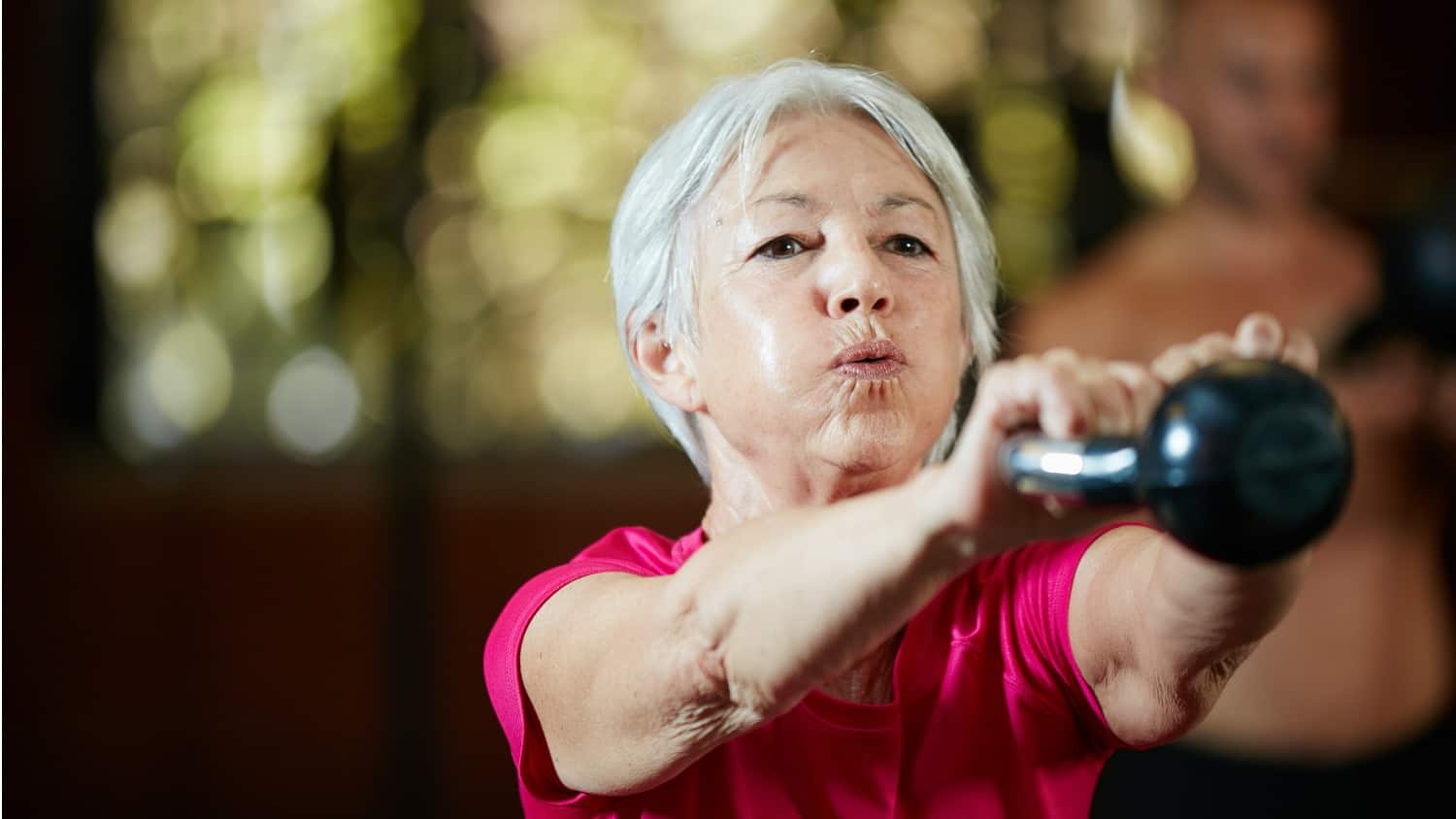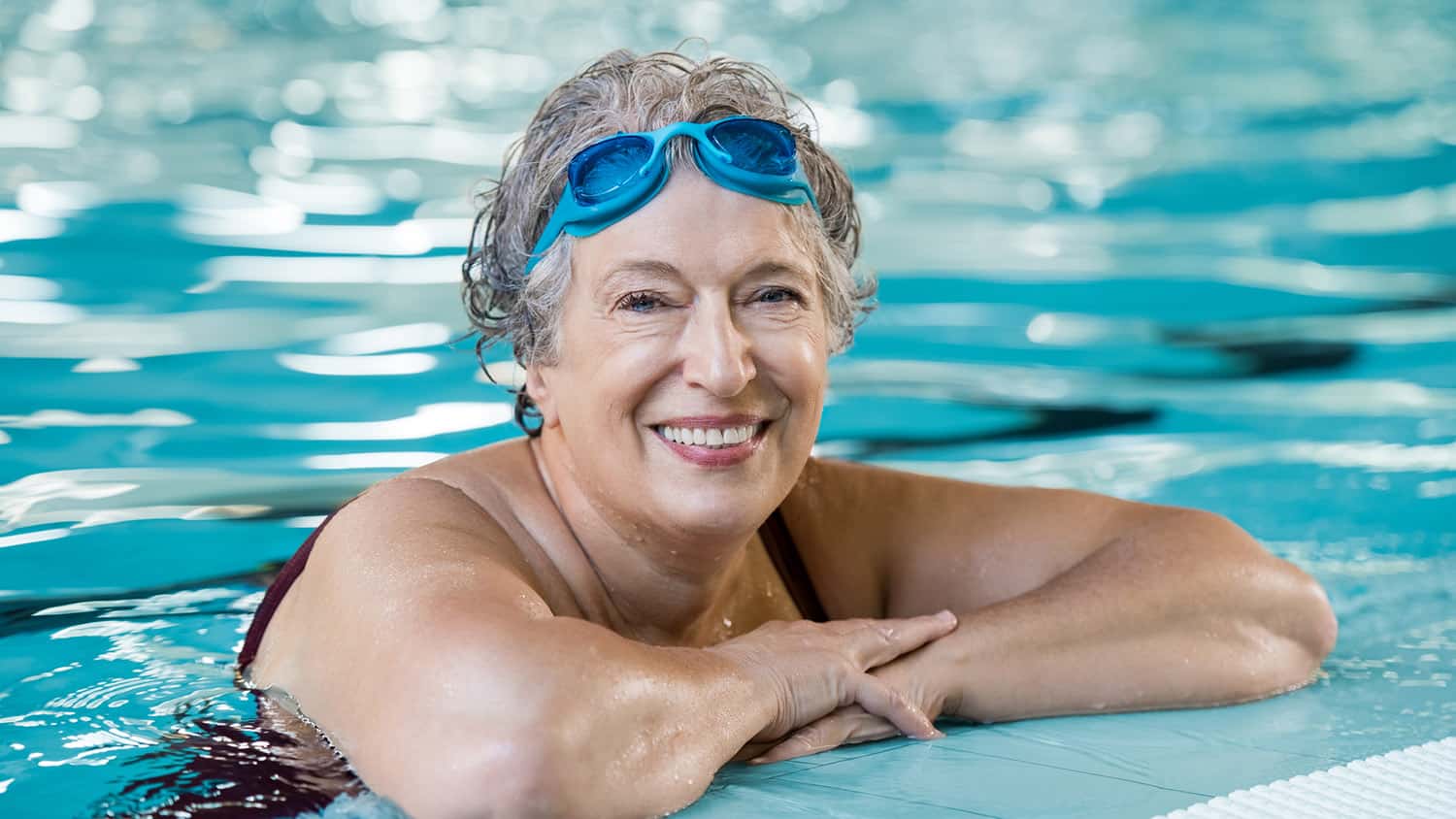
What You Really Need to Know About Resistance Training After 60
As part of the research I had to do for my upcoming book, I’ve spoken to many experts in healthy ageing. One theme always keeps coming back: resistance training.
What Is Resistance Training?
Resistance training means working your muscles against force to help them get stronger. This is incredibly important when getting older, because with age our muscles decline in strength. Despite this, at any age, our muscles still respond to exercise.
The reason so many of us are very motivated to exercise is because we know that the best thing that we can do to stay independent into our 80s and 90s is to keep our muscles strong. Inactivity is the biggest cause of preventable late life disability.
For instance, taking steps to improve leg strength now can mean being able to independently get off a low chair in your 90s, a seemingly small thing that has immense implications on quality of life.
If It’s So Good for Us, Why Don’t We Do It?
The problem that I come across time and time again is just how hard it is for women to start resistance training.
For many of us, gyms are very intimidating places full of unfamiliar equipment and young men working on their muscles. Many women, understandably, feel self-conscious exercising in public, which is especially true with lifting weights.
Another challenge comes from the fact that our bodies become a little more like finely tuned instruments with age. Therefore, it is more important than ever to use correct technique with exercise, which means finding a qualified trainer.
It is also essential to include core and pelvic floor activation when lifting weights. Without doing this it is possible to put more strain on the pelvic floor, which is something none of us want!
Choose the Right Program for You
With the right program, it is possible to get started in the privacy of your own home using body weight. To get the most out of the health benefits of exercise, it is also important to push yourself. Any resistance training program needs to safely get progressively harder, which is another reason a trainer is helpful.
The Benefits of Resistance Training
Getting stronger is so empowering. While we can all enjoy having a more toned booty, the best part of resistance training is the feeling of accomplishment and the mood boost. Resistance training gives the same mood benefits as aerobic exercise, which is the best motivator of all.
One thing I have learnt from my patients who reach their late 80s and beyond is that it is not just about living as long as possible, it’s about years of healthy life expectancy.
Staying strong is one of the most important things you can do to get the most out of life. The time spent staying strong can translate to freedom to do things you love, like travel or playing with grandchildren.
Getting strong is a gift you give yourself now that can pay incredible dividends for the future.
If this article has inspired you, please check out Project 3-6-12 to get your free e-book and to be the first to learn about our new health and wellbeing program designed specifically so women can get the most out of life!
How often do you practice resistance training? What benefits do you see in your life? Do you have a trainer or prefer to exercise on your own? Please share with our community!
Tags Fitness Over 60






